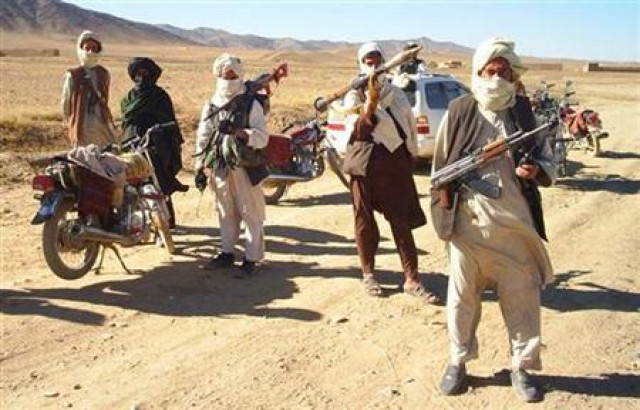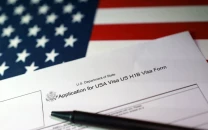US looks to Mexico to tighten Pak-Afghan border
US forces say they are considering employing sensors and radar systems of the kind used on the US-Mexico border.

US looks to Mexico to tighten Pak-Afghan border
US forces say they are considering employing sensors and radar systems of the kind used on the US-Mexico border to control the insurgent "rat lines" (escape routes) straddling Afghanistan's porous 2,430-kilometre border with Pakistan.
With Washington committed to start withdrawing some of its 100,000 troops this year, commanders are determined to plug the enemy supply routes feeding an escalating insurgency from safe havens over the border.
"We're looking at different methods, techniques, technology that can facilitate us doing that," said US Colonel Sean Jenkins, commander of Task Force Currahee in the remote southeastern border province of Paktika.
"The southern border of the United States has a system, and it's been there for decades. We're actually looking back to an individual that works with that system to see if that would be beneficial."
US authorities use mobile surveillance systems, unmanned drones and 20,000 border agents with trucks and horses to stem illegal immigration, drug-trafficking and the spillover of drug violence along 3,140 km of border that the United States shares with Mexico.
Major General John F. Campbell, commander of NATO-led forces in eastern Afghanistan, said officers were looking at methods used on the Mexican border, "sensors and that kind of thing to enable you, technology to help you out."
US forces concede they have struggled so far to prevent the infiltration of Taliban fighters from Pakistan, who often enter over mountains in the east to strike Afghanistan's interior and the capital, Kabul.
Violence has picked up in recent weeks across the country, even before an expected Taliban spring offensive.
Last week, at least 30 people were killed by a suicide bomber in northern Kunduz province and at least 40 in an attack on a bank in the eastern city of Jalalabad. Monday, six members of the NATO-led coalition were killed in separate attacks in the south, east and west.
The US military says it hopes a "realignment" of forces in the east, including some 6,000 extra soldiers deployed last year as part of a 30,000-strong surge ordered by US President Barack Obama, will help disrupt the flow of fighters.
Campbell said communication with Pakistani forces on the other side of the border had improved, but added: "It's very hard to stop somebody if they're intent on coming across. What we've got to do is disrupt that flow, and make sure we can impede their progress coming over."
Jenkins said he was researching methods ranging from GMTI (Ground Moving Target Indicator) radar to simply blowing up a trail to make it impassable.
"Some of the smaller ones, if we can confirm they're used by the enemy, then we rubble them, we put a two-ton rock in the middle," he said.


















COMMENTS
Comments are moderated and generally will be posted if they are on-topic and not abusive.
For more information, please see our Comments FAQ